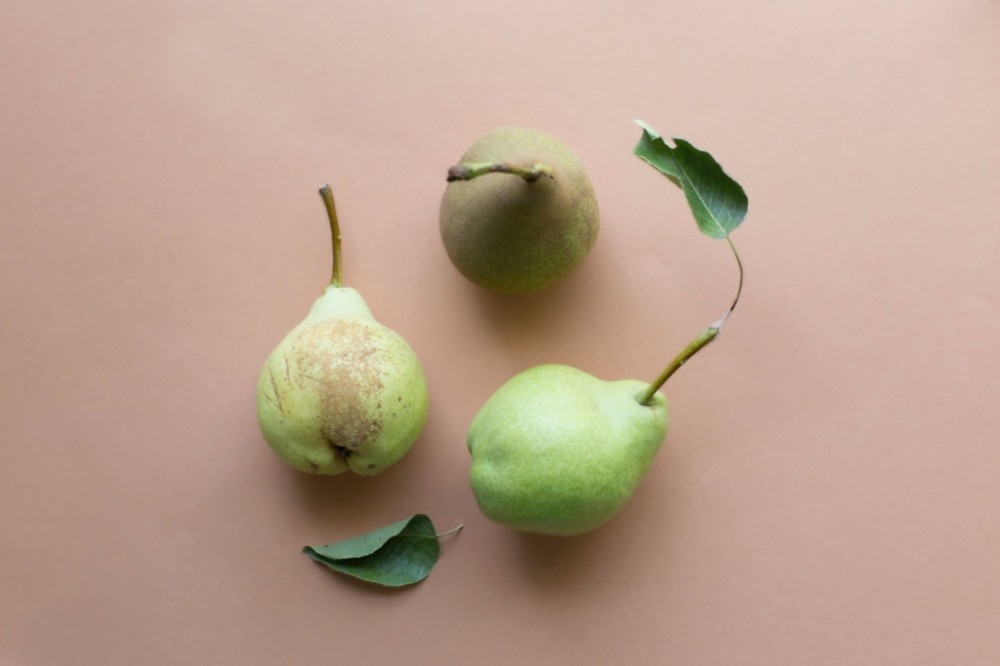If you want a stellar smile, you probably know that you shouldn’t go to the pantry for a handful of sweets during the day. Luckily, there are better snacks that help your teeth. One of them is fruit.
What are the best fruits for your teeth?
Fruits that don’t stick to teeth
Apples , pears, and grapes are the best fruits for pearly whites because these fruits do not stick to the teeth. As long as the food doesn’t stick to your teeth, you’re fine.
An example of a fruit that will stick to your teeth is bananas . Any food that hangs happily in the grooves and spaces between your teeth will provide oral bacteria, which becomes food to thrive, and that can increase your risk of cavities and bites.
What these fruits don’t do is brush your teeth. Therefore, they cannot remove plaque that exists or developed during the day. You will have to resort to your trusty toothbrush to clean them properly.

Fruits that keep you full
Apples and pears are also great for your health because they contain fiber. A medium apple has 5 grams of fiber and a pear has 6 grams of fiber. And that substance is an ace to keep you satiated.
When you eat foods that fill you up, you’re less likely to keep snacking throughout the day. This keeps the pH of the mouth lower, which will lead to less cavities.
Although grapes do not stick to the teeth, they are not rich in fiber. A cup of grapes has only 1 gram of fiber. You know your body best and what foods make you feel full, but apples and pears can outperform other fruits when it comes to keeping you full.
Fruits that fight gum inflammation
One surprising benefit of incorporating more fruits like apples and pears into your meals and snacks is that they can support gum health.
But you may think of that sugar in the fruit; They call it nature’s sweet for a reason. Wouldn’t that damage your oral health in some way?
In a randomized study published in January 2018 in BDJ, researchers divided 30 healthy people into two groups. One added fruit to his diet and the other added nuts.
Although people in the fruit group ate more fructose (a type of sugar found in fruits) than those in the nut group, their gums became comparatively healthier over the two-month study period.
Researchers aren’t exactly sure why, but previous research also shows that eating fruits and vegetables correlates with stronger gums , so it may have something to do with the micronutrients in these foods.
